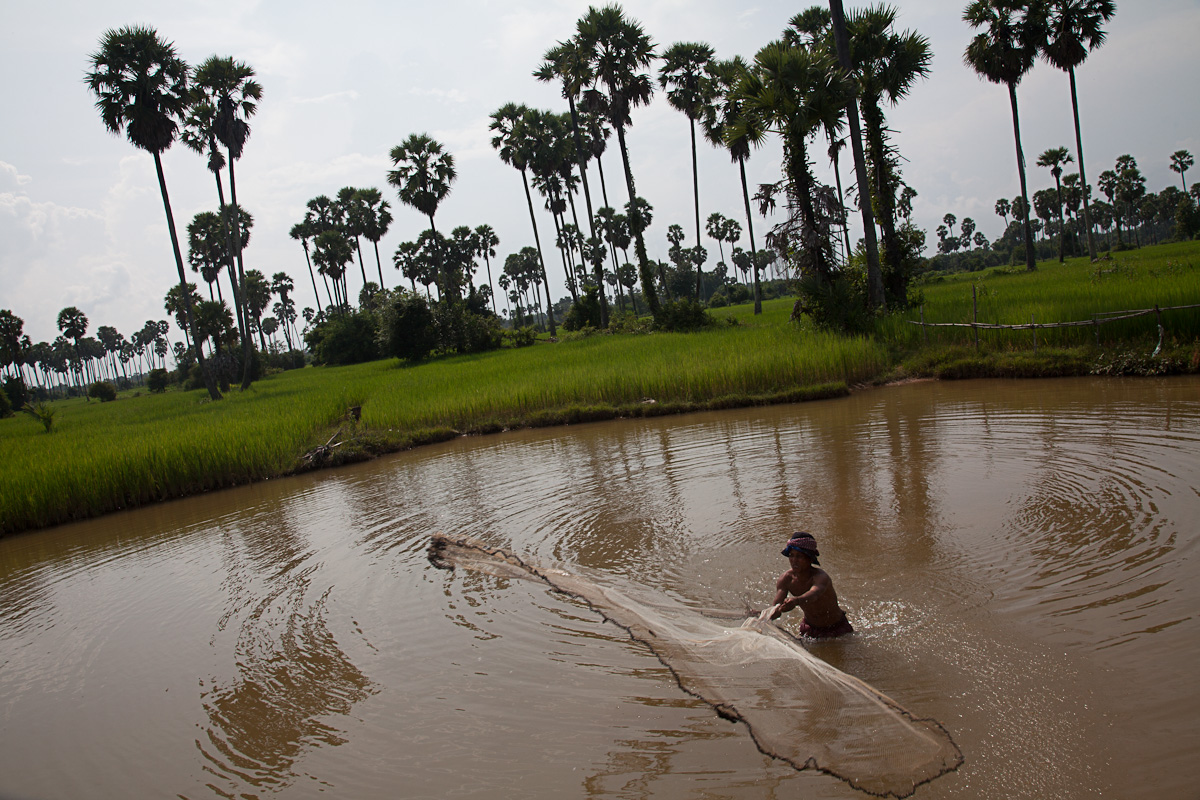August 16, 2017

By Charlotte Blatt, Simon-Skjodt Center intern for summer 2017.
Syria experienced a severe drought from 2006-2009, which was likely caused by climate change and which some argue was a factor in the outbreak of the 2011 uprising and resulting brutal civil war that has led to the deaths of around a half a million people. As climate change increasingly affects societies worldwide, its links with mass atrocities warrants further exploration. Some scholars have argued that in Rwanda and Darfur climate change contributed to decreased agricultural production and increased land pressure, sparking conflict that led to mass atrocities. However, rigorous studies are few and far between. While there is some evidence to suggest a link between climate change and mass atrocities, more work should be done to understand the nature of those links, what types of climate impacts affect atrocities, and how a better understanding of the relationship might influence prevention activities.
The connection between climate change and mass atrocities is only beginning to be explored. Most existing research discusses the intersection between the environment and civil war, rather than the impact of environmental degradation on human security outcomes like mass atrocities. In recent years however, scholars have begun to focus more explicitly on connecting climate change to the potential for mass atrocities. Some use the metric “demographic-environmental stress” (DES), which tracks rapid population growth, overexploitation of renewable resources, and unequal access to these resources. Scholars have shown that DES can set up two pathways to conflict—through state failure and state exploitation—both of which could result in mass atrocities (See Hendrix, Kahl).
There is not yet consensus on the relationship between environmental factors and mass atrocities. One study found that land pressures (such as reduced viable farmland) contributed to mass violence more than freshwater pressures (such as decreased rainfall) through an investigation of whether environmental factors triggered 61 acts of genocide or politicide in “conflict-prone states” between 1958 and 2007. However, this study notes that environmental factors could not fully demonstrate causality for the mass atrocities because the incidence of civil war and government regime type also remained strong explanatory forces for mass violence. In contrast, other scholars argue that conflict may be less frequent when resources are sparse due to a “resource curse,” the belief that more resources lead to more conflict as people fight over access and control. The divergent conclusions of various researchers demonstrates that further examination of the intersection between climate change and mass atrocities is warranted.
As the field continues to evolve, scholars will be challenged by lack of data and lack of consensus on definitions of climate change and mass atrocities. Most studies that address the intersection of climate and conflict do not specifically address mass atrocities, and among those that do there is significant dispute over what kinds of environmental changes have the greatest impact on mass atrocities. For example, some studies cite rainfall fluctuation as the most important environmental change on the incidence of mass atrocities (see Salehyan and Hendrix 2012, 2014, and Fjelde and von Uexkull) while others focus on arable land, population density, and a host of different environmental factors. Furthermore, the data necessary to study the impact of climate change on mass atrocities are frequently missing and when data are available they are not calculated frequently, rendering conclusive studies challenging to conduct.
With climate change increasingly affecting communities across the globe, it is important that future research fill in these data gaps and analyze how climate change may be contributing to mass atrocity episodes. Research into the possible causal interaction between climate change and mass atrocities should attempt to reconcile which specific climate variables have the most impact on the potential for mass atrocities, and should marry qualitative case study examples with quantitative data on demographic-environmental stress to assess the relationship between environmental factors and mass atrocities.
View All Blog Posts